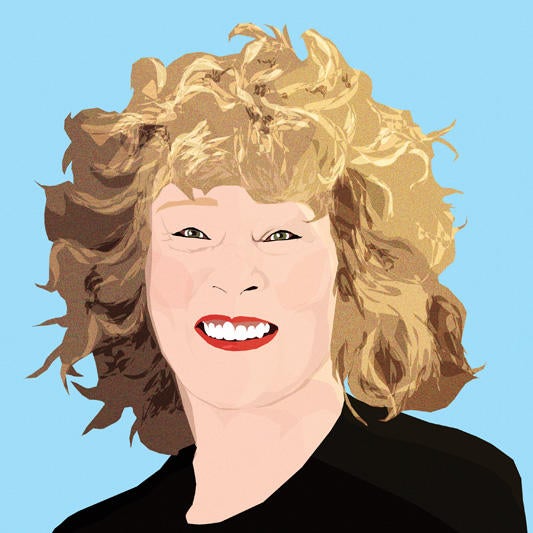Irish-born fashion designer–turned–interior designer Clodagh is a minimalist master of the principles of feng shui, chromatherapy, biophilia and biogeometry. Yet, for the mononymous designer, the tenets that ground her work boil down to two essential elements: simplicity and kindness.

I was born in Oscar Wilde’s country home. We moved five times before I was 16. I was packed off to boarding school for four years of it.
I’ve always been a minimalist. My house as a child was stuffed with antiques, which kept getting sold. We were downwardly mobile. One entire huge sideboard of silver went out one time, and that was a blessing, because we children had to polish it. What has made my work so simple and, in a sense, muscular, is that in my family you had to take care of the furniture. I think the furniture should take care of us.

BOH subscribers and BOH Insiders.









































